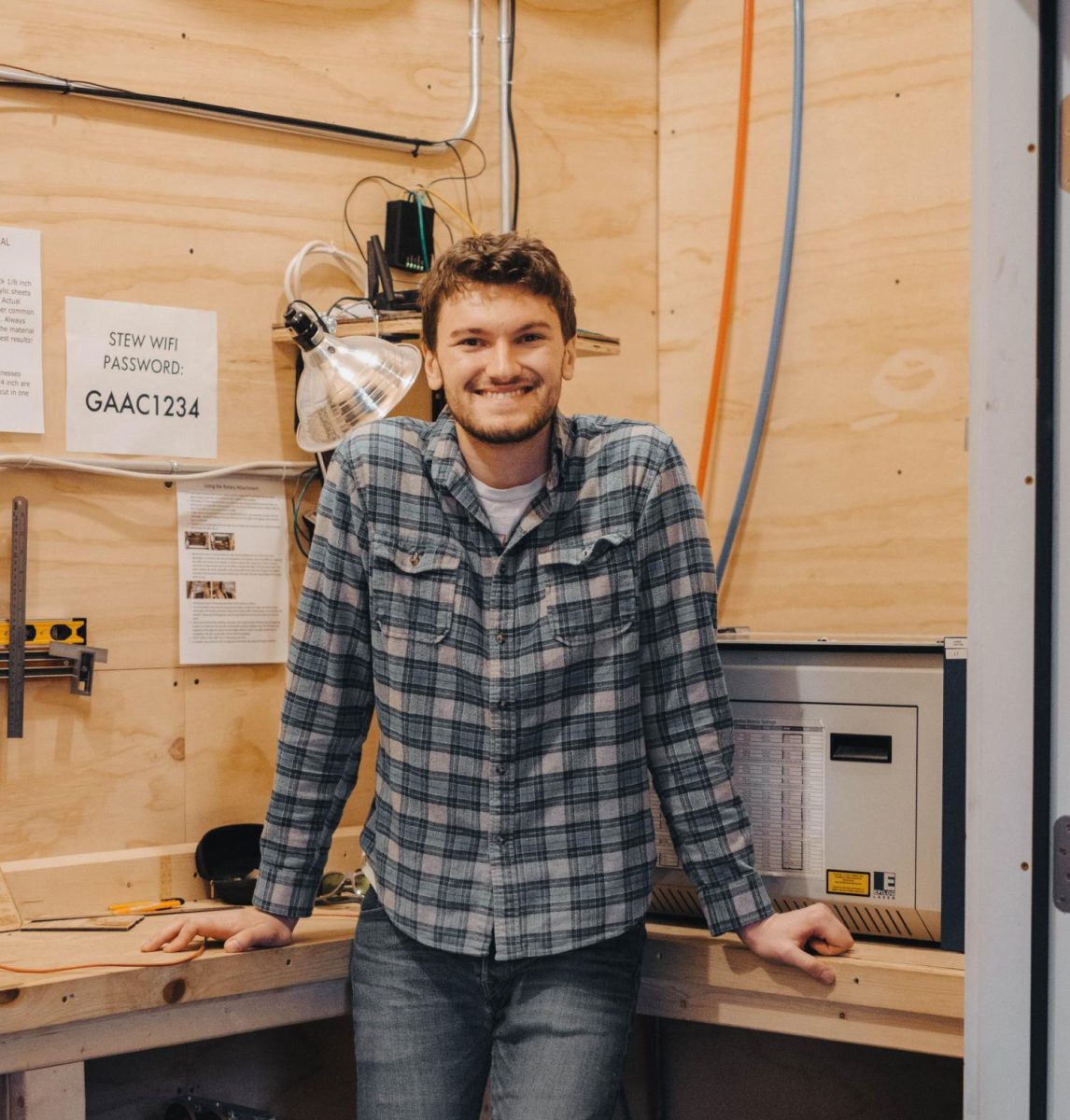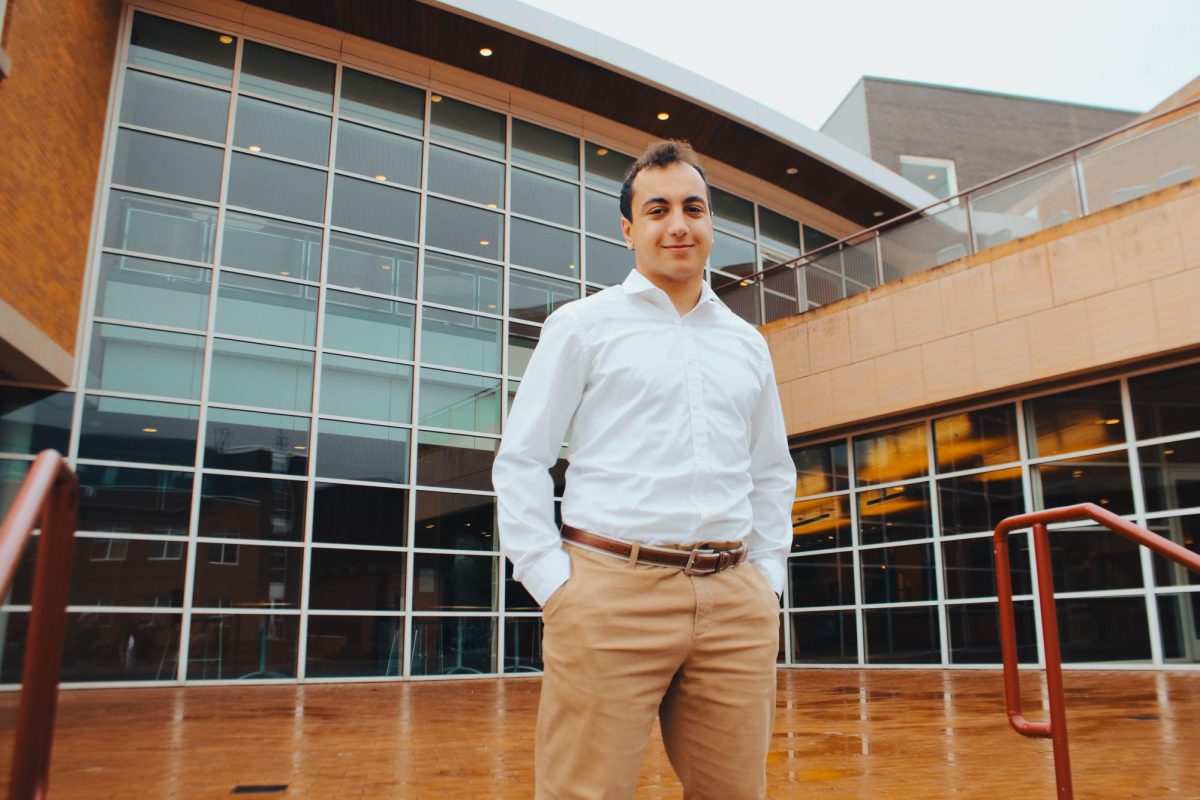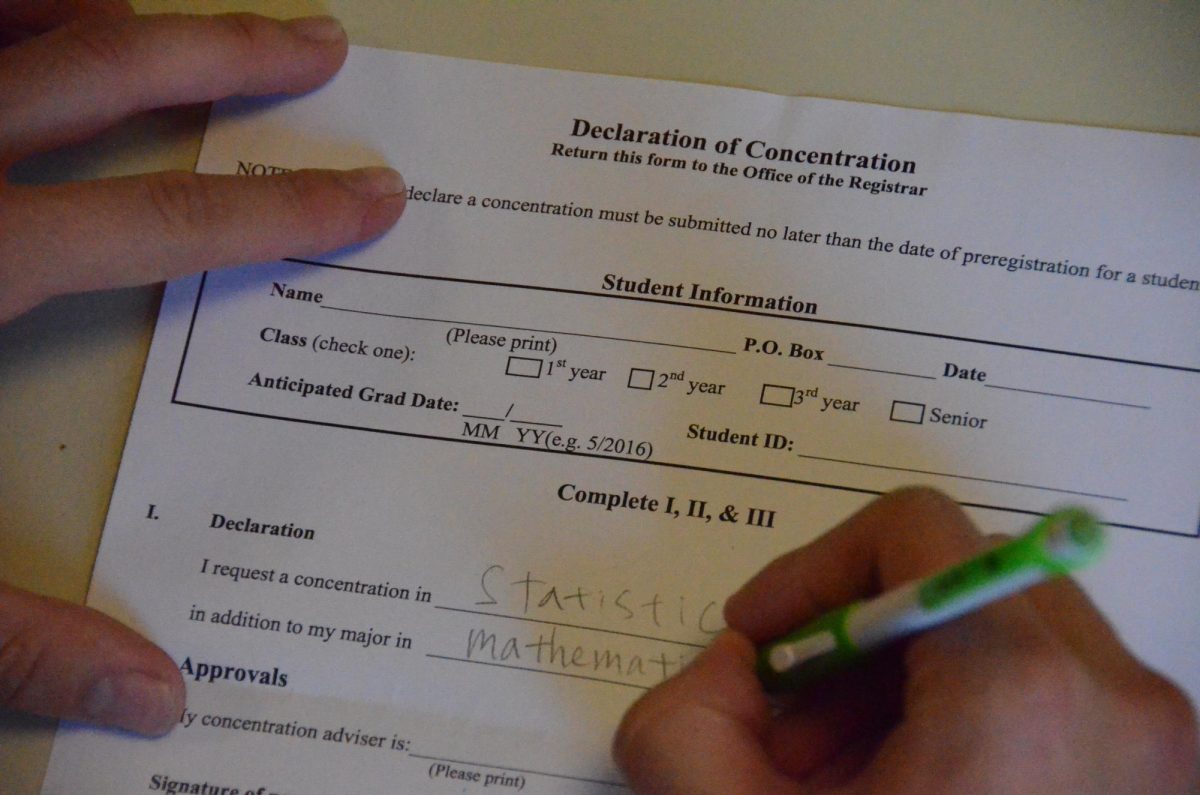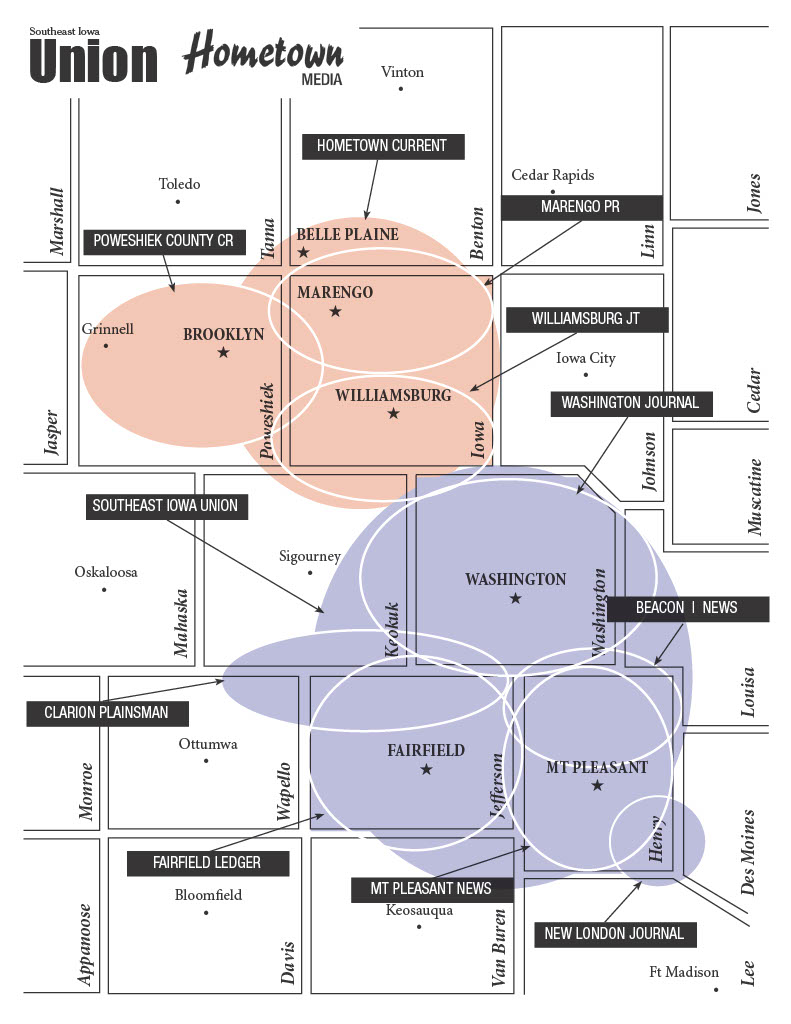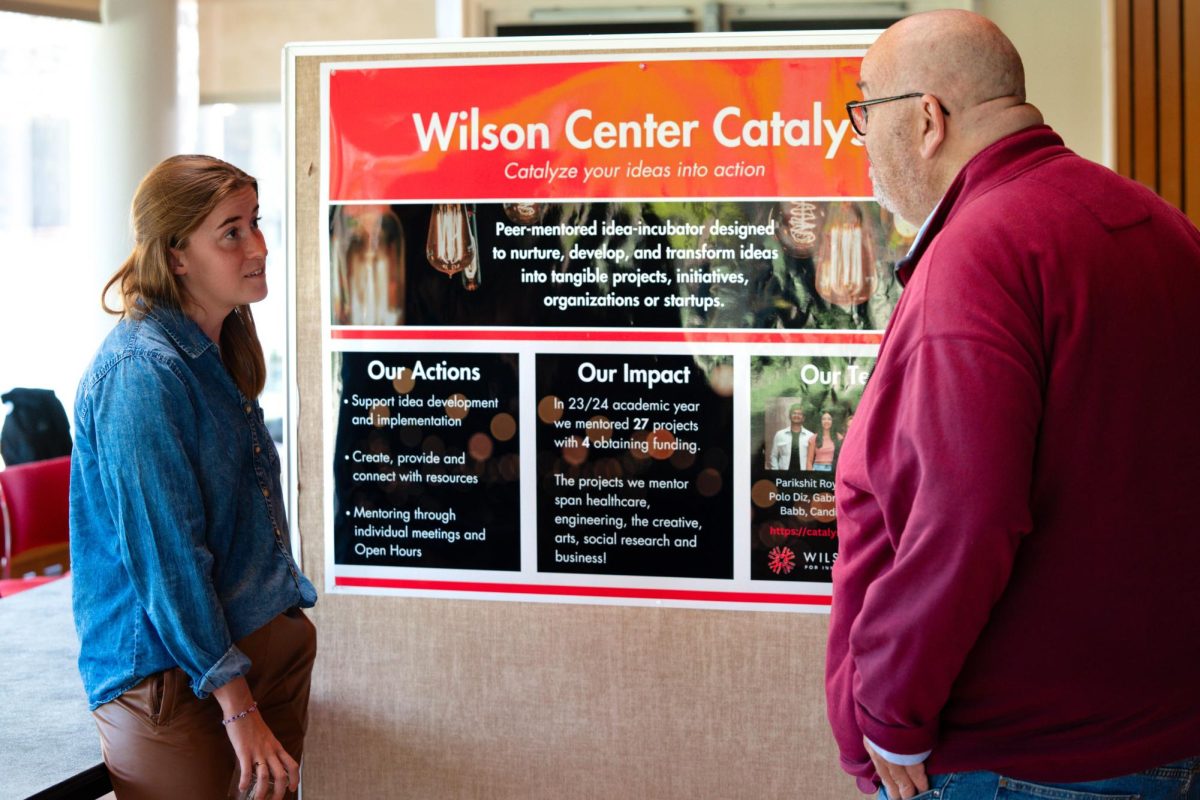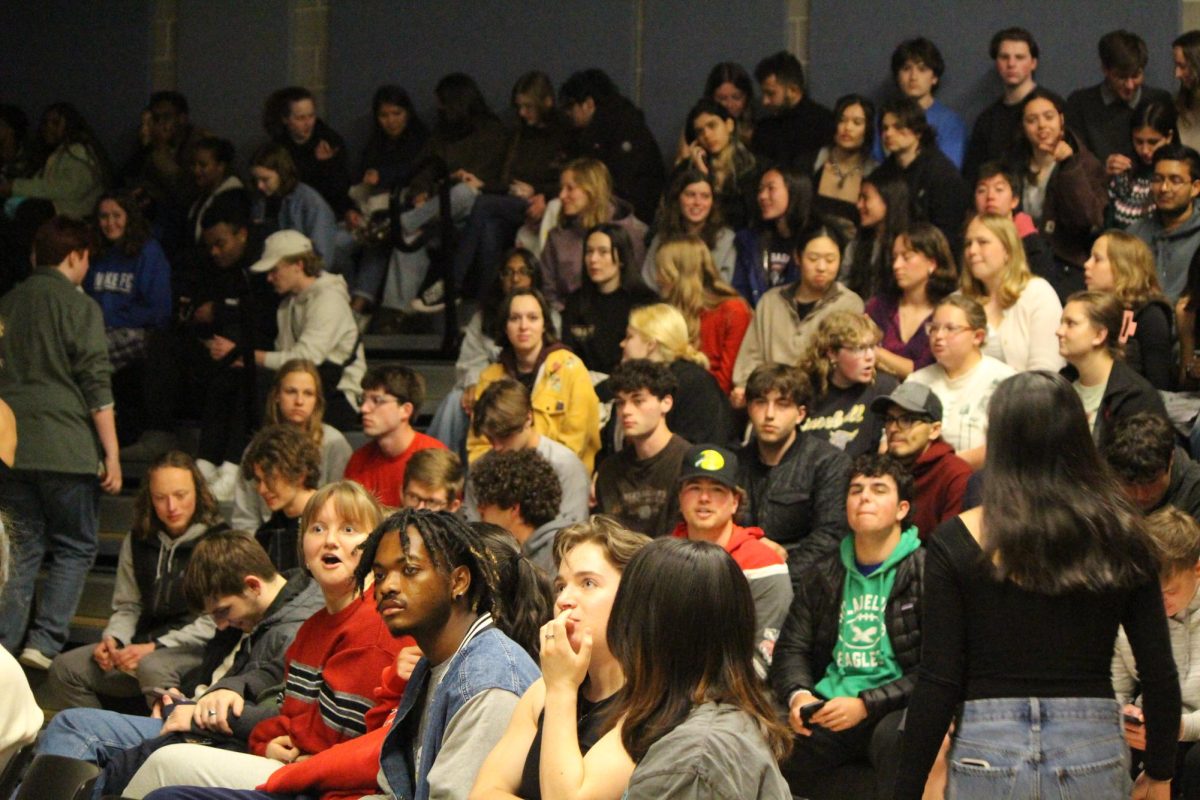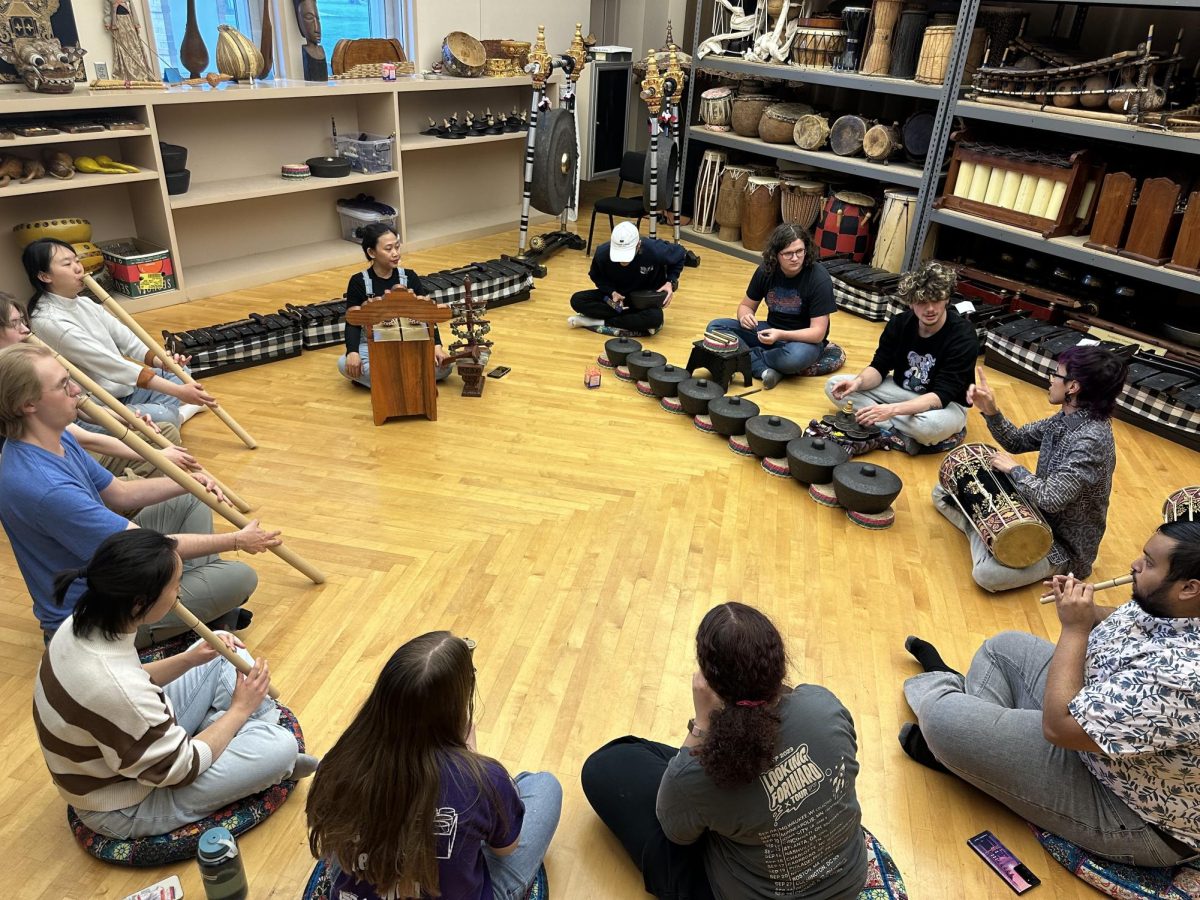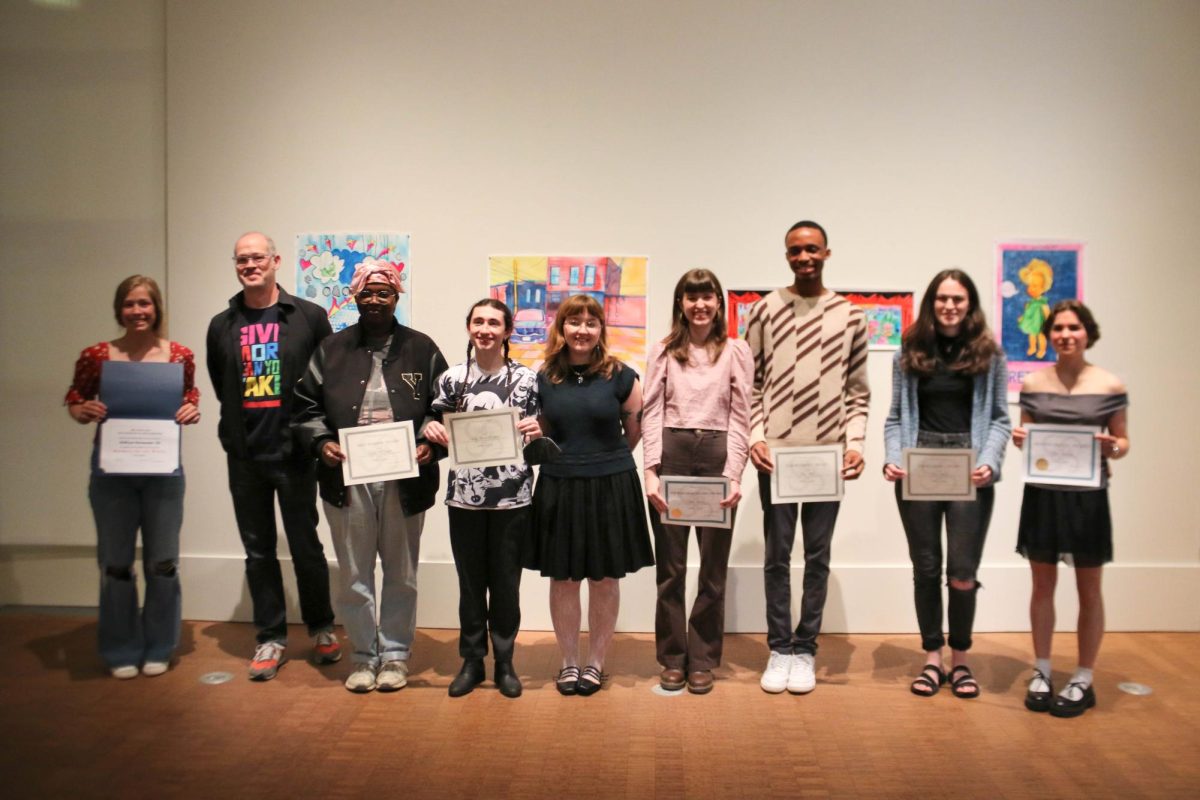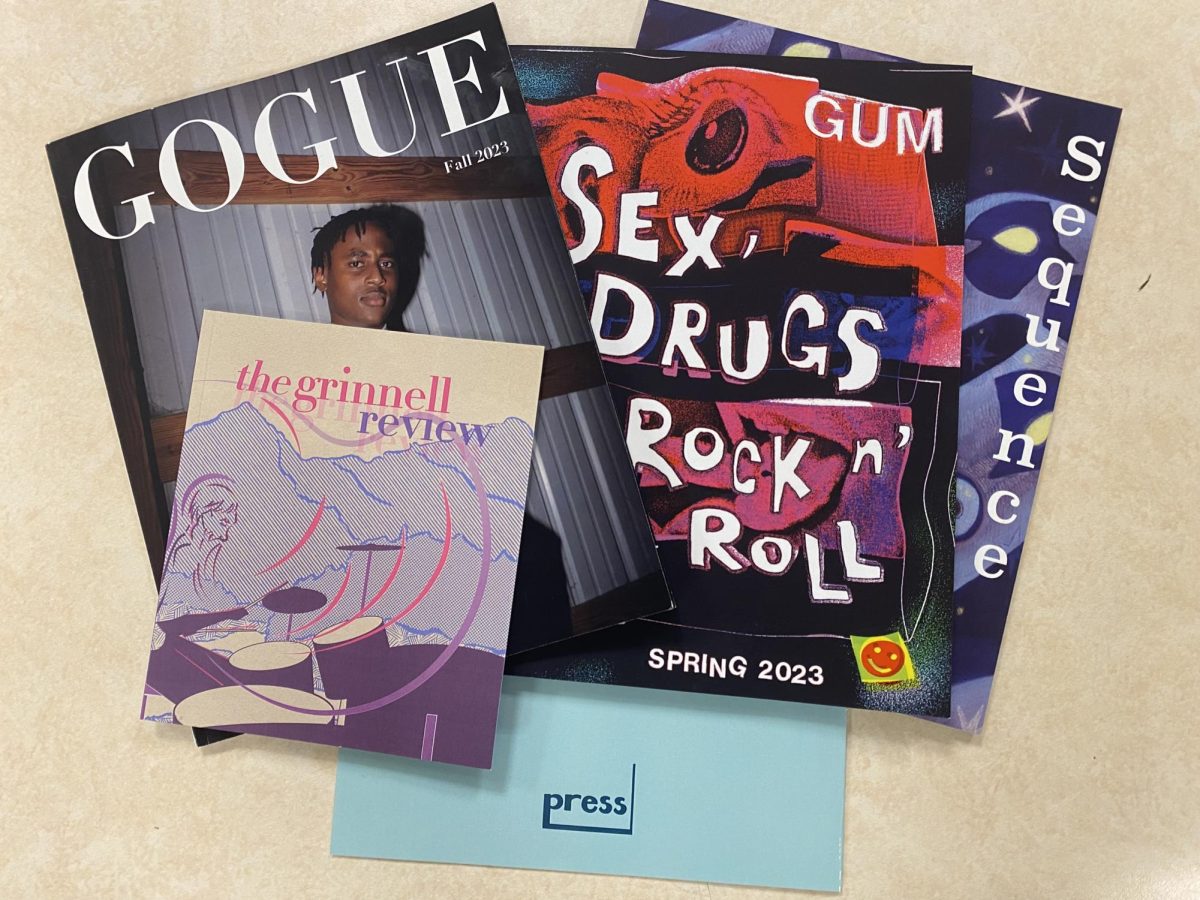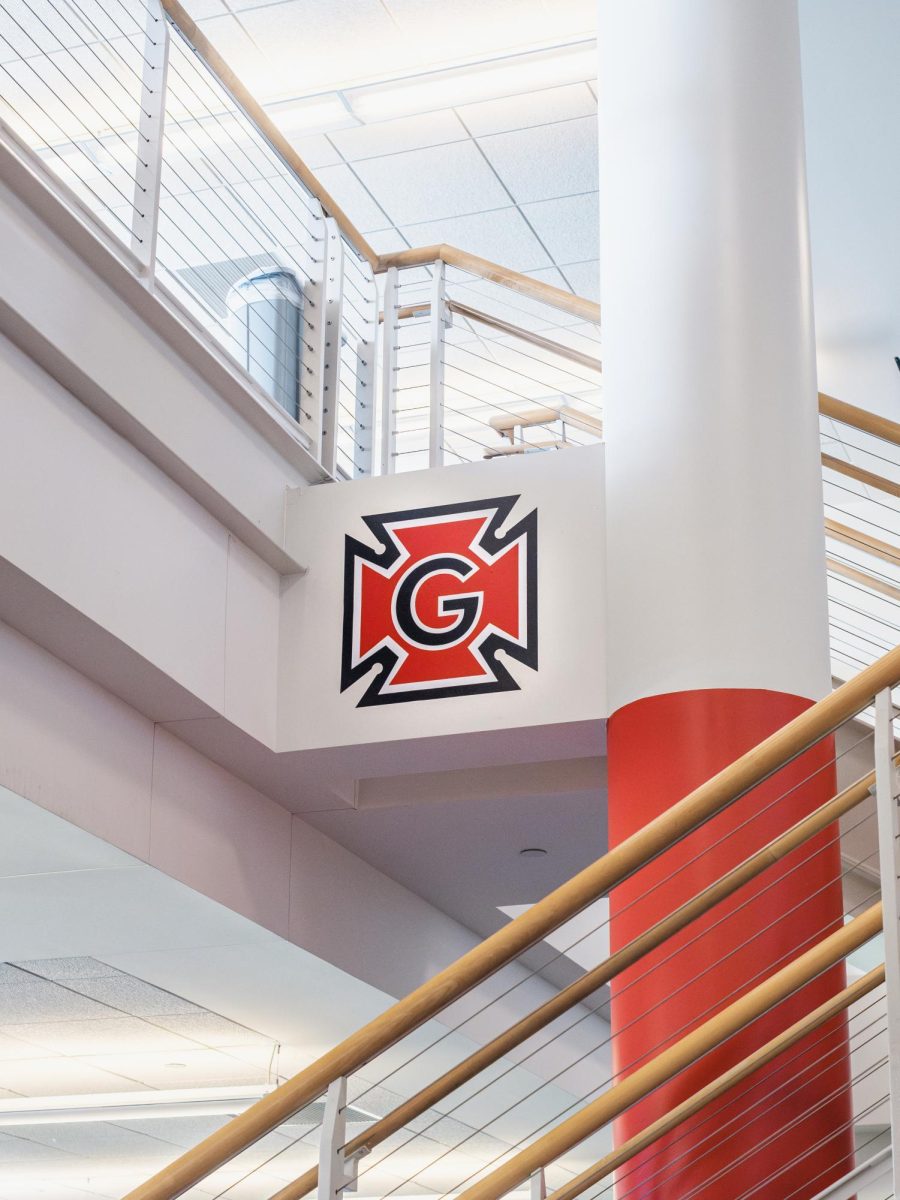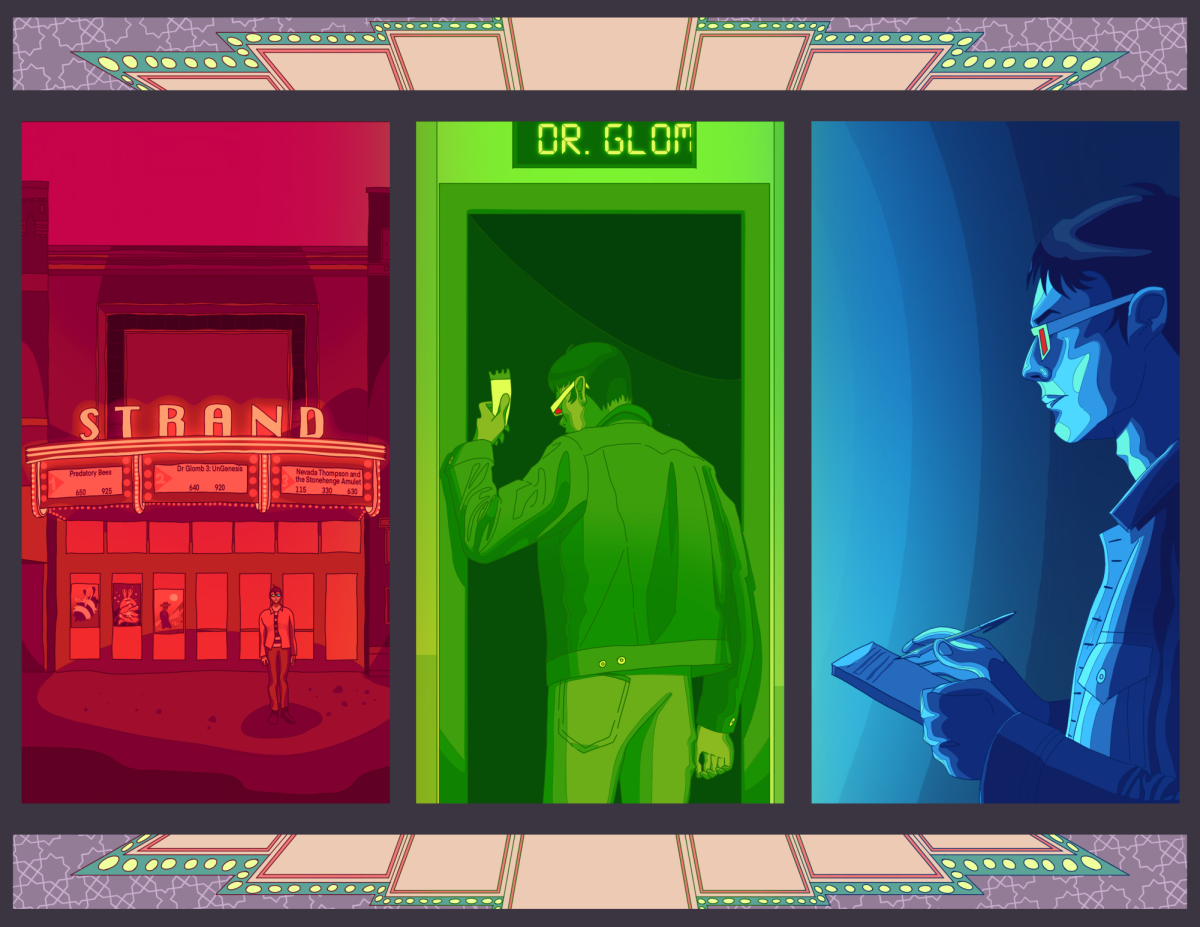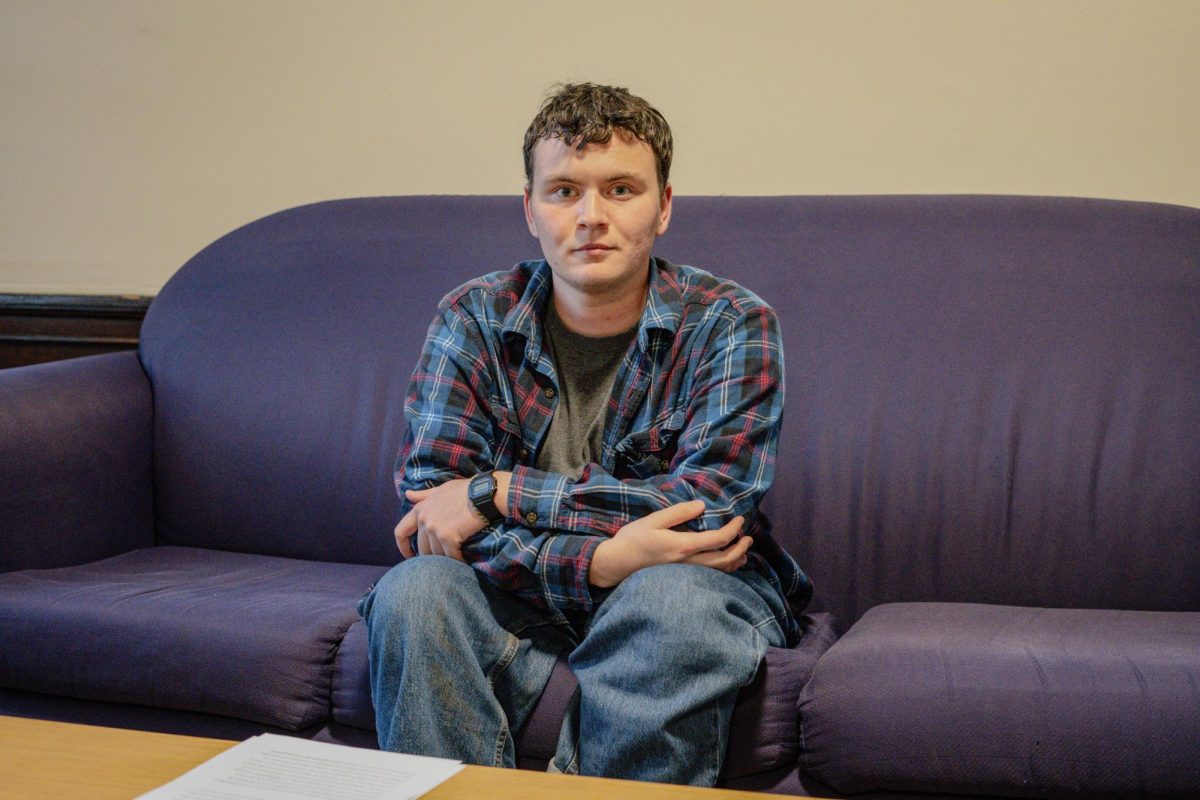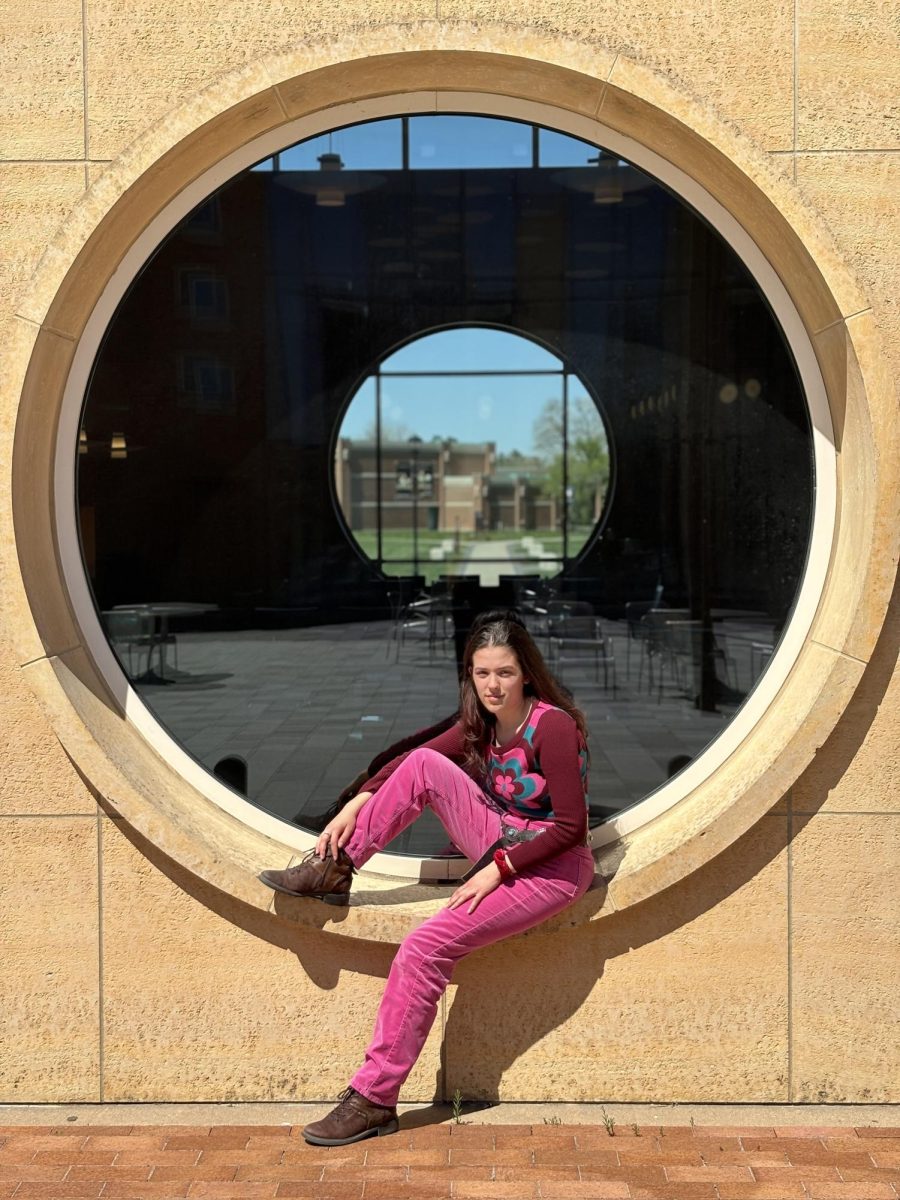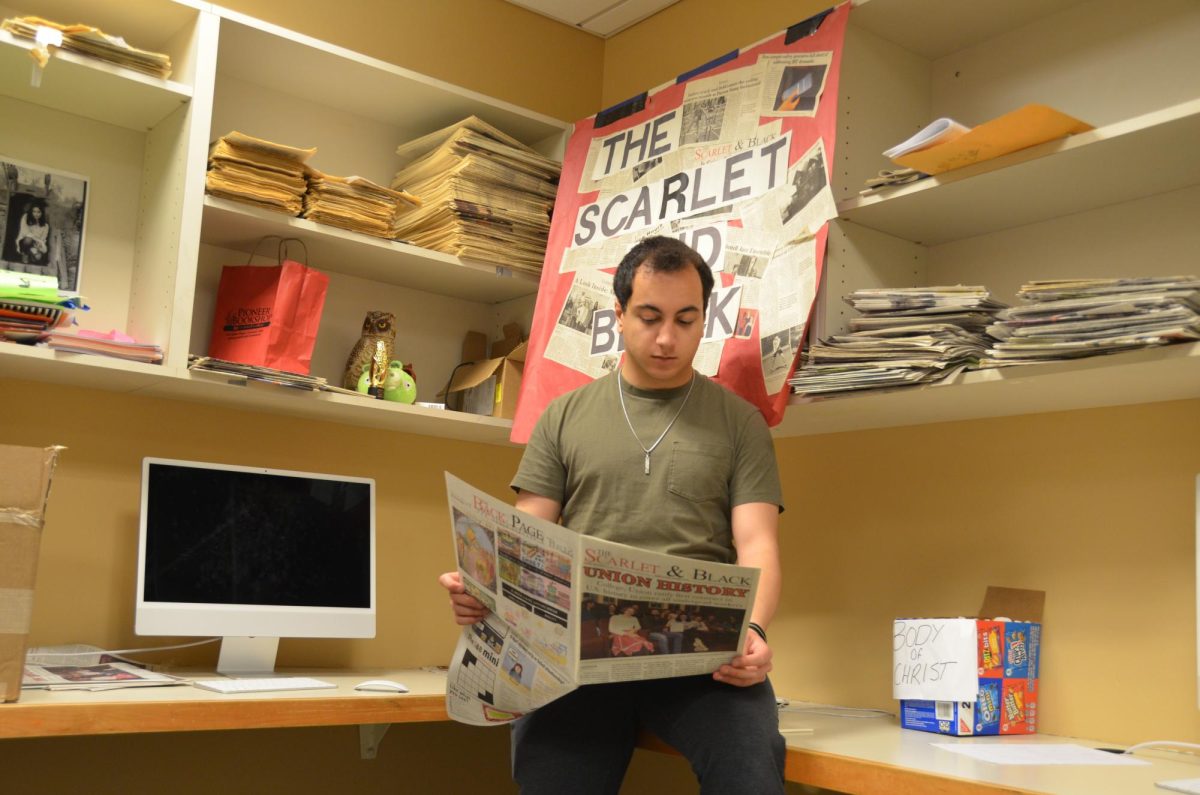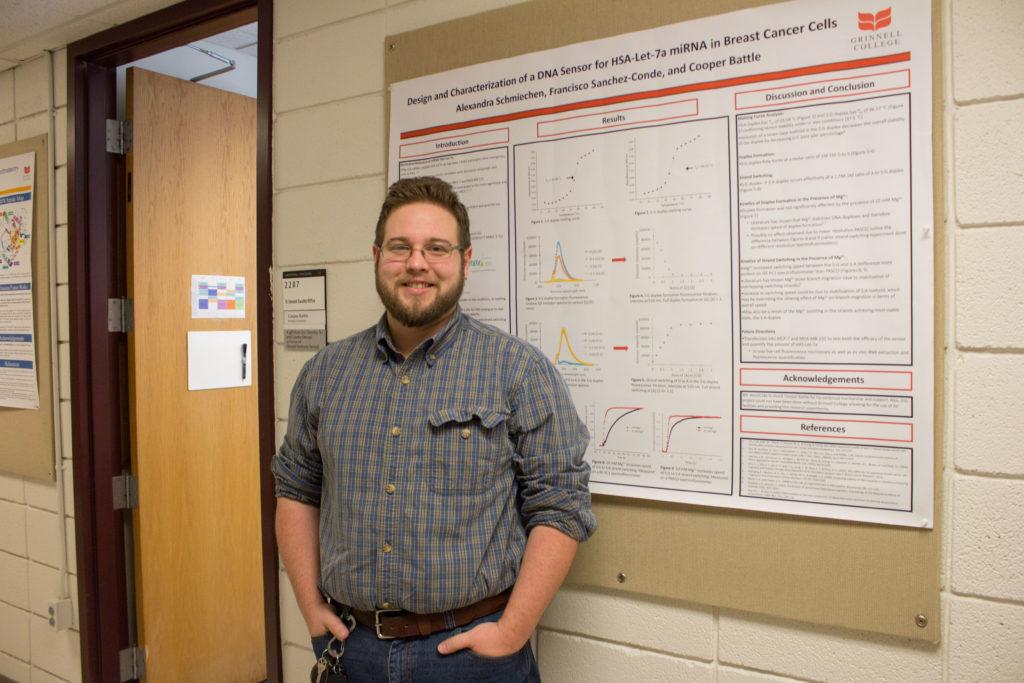
By Andrea Baumagartel
baumgart1@grinnell.edu
Although he has just started working at Grinnell this year, Professor Cooper Battle, biochemistry, is already leading a couple of different research projects, both of which star a particular method of chemical imaging: fluorescence. Given that Battle straddles the fields of biology and chemistry, it is apt that one of his fluorescence-focused research projects falls in the former field and the other project falls under the latter. In chemistry, Battle is studying ways to improve drug delivery in patients.
“A lot of pharmaceutical drugs suffer from [the issue of] water solubility,” said Cooper. “They [need] to cross the membrane into the cell, so they need to be fairly hydrophobic, but that means that they can’t distribute very well through the bloodstream.”
Because of this dilemma, drugs are often delivered by binding drug molecules to molecular capsules, which ensure that the drugs reach their target location in the body. According to Battle, it is difficult to determine which molecular capsules are appropriate for different drugs, and in his research he has been trying to create fluorescent sensors to make that process easier.
When it comes to biology research, Battle currently focuses on applying these same types of fluorescent signals towards detecting micro-RNA, which is a type of genetic material. In particular, Battle studies those specific micro-RNA that are associated with the uncontrolled cell growth typical of cancer. The problem he is seeking to solve is that current imaging techniques used to identify the presence of a cancerous tumor in the body — such as CAT or MRI scans — are expensive and often do not detect the emergence of cancer early on.
“The point at which a tumor develops to be visible, to when it metastasizes, it’s a pretty small window. That’s why we’re trying to come up with a technique that would let us detect cancer early on, and before you get the actual formation of tumors,” Battle said.
To create better screening technology, Battle is aiming to harness the fact that the micro-RNA he studies acts like early warning signals of cancer. He is figuring out ways that we can detect the micro-RNA through imaging to screen cancer earlier, using the power of fluorescence just as he does in his research in chemistry.
Before arriving at Grinnell, Battle received his PhD from Tulane University, a research institution that is roughly eight times larger than Grinnell College. While Grinnell does not offer the same breadth of academic specialization that one would find at Tulane, Battle does think there are benefits to conducting research at a smaller college.
“A lot of times, we get ensconced in our majors, but the benefit of a liberal arts college and the way that Noyce is set up allows for the collaboration of research across these disciplinary boundaries,” Battle said.


